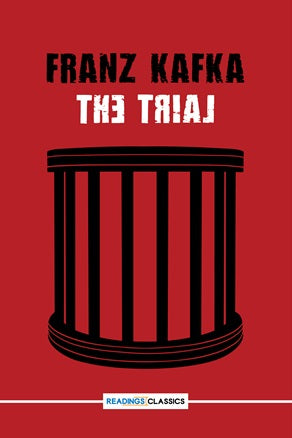A Tale Of 2 Cities Charles Dickens
- Publisher: ENGLISH GENERAL BOOKS
- Availability: In Stock
- SKU: 55109
- Number of Pages: 367
Rs.300.00
Rs.400.00
Tags: 19th-century literature , A Tale Of 2 Cities , A Tale of Two Cities , best of times , BEST PRACTICE , character analysis , Charles Darnay , Charles Dickens , class disparities , class struggle , Dickensian characters , dual perspectives. , duality of human nature , e guillotine blade , emotional storytelling , English Language And Literature , ENGLISH LITERATURE , famous novels , fate and destiny , French Revolution , guillotine , historical context in literature , human suffering , iconic novels , Latest & up To Date , law and order , literary classic , literary themes , love and loyalty , Lucie Manette , Madame Defarge , memorable quotes , mob mentality , personal sacrifice , personal transformation , profound messages , Reign of Terror , resurrection , revolution and its effects , revolutionary ideals , social critique , social justice , suspense , Sydney Carton , timeless themes , ultimate redemption , Victorian novel , worst of times

























